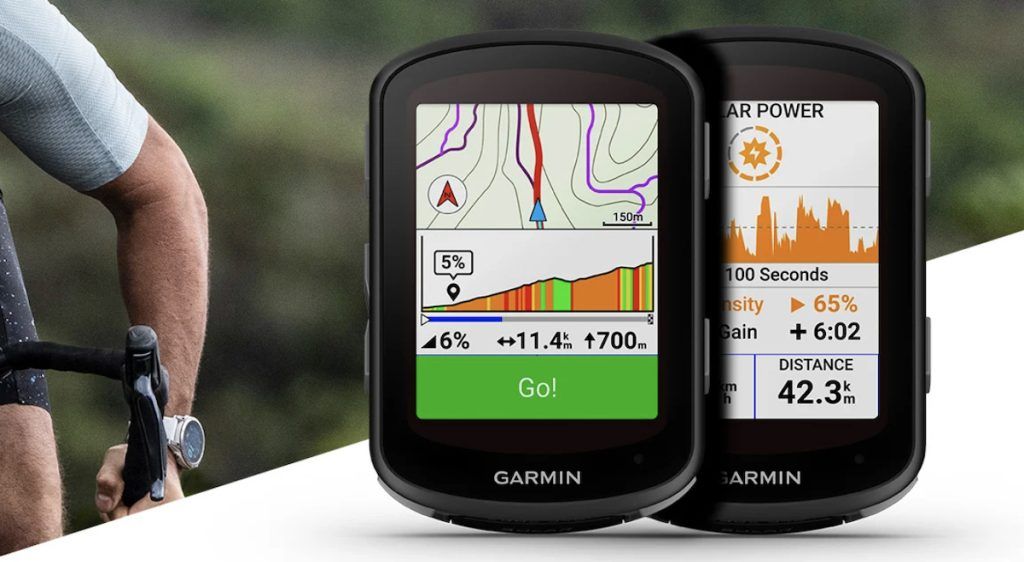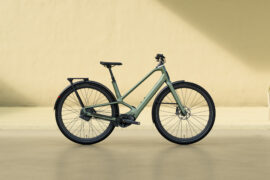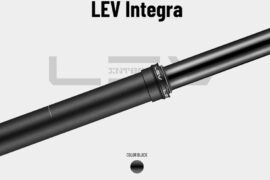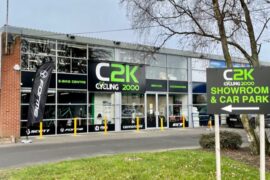What’s the difference between the Garmin Edge 540, 840 and 1040 cycling computers?
Garmin have recently updated the 2 most popular Edge GPS models and launched the Garmin Edge 540 and Edge 840 replacing the 530 and 830. The new bike computers join the Garmin Edge 1040 in providing Garmin’s latest functionality plus the option of solar charging to increase their battery life. But what is the difference and which should you buy from the choice of 6 models!
Screen size, touchscreen and buttons
Edge 1040 is the largest Garmin bike computer with a 3.5-inch touchscreen. Most functions are controlled via the touchscreen, although there are two buttons on the base of the case and a power button on its side. The newer 540 and 840 are much more compact, both having a 2.6-inch screen. The Edge 840 has both a touchscreen and an array of buttons so that most functions can be carried out with either, while the Edge 540 is buttons only.
A solar charging version is an option for all three models, with a thin solar panel over the data area and darker zones top and bottom that collect solar power more efficiently.
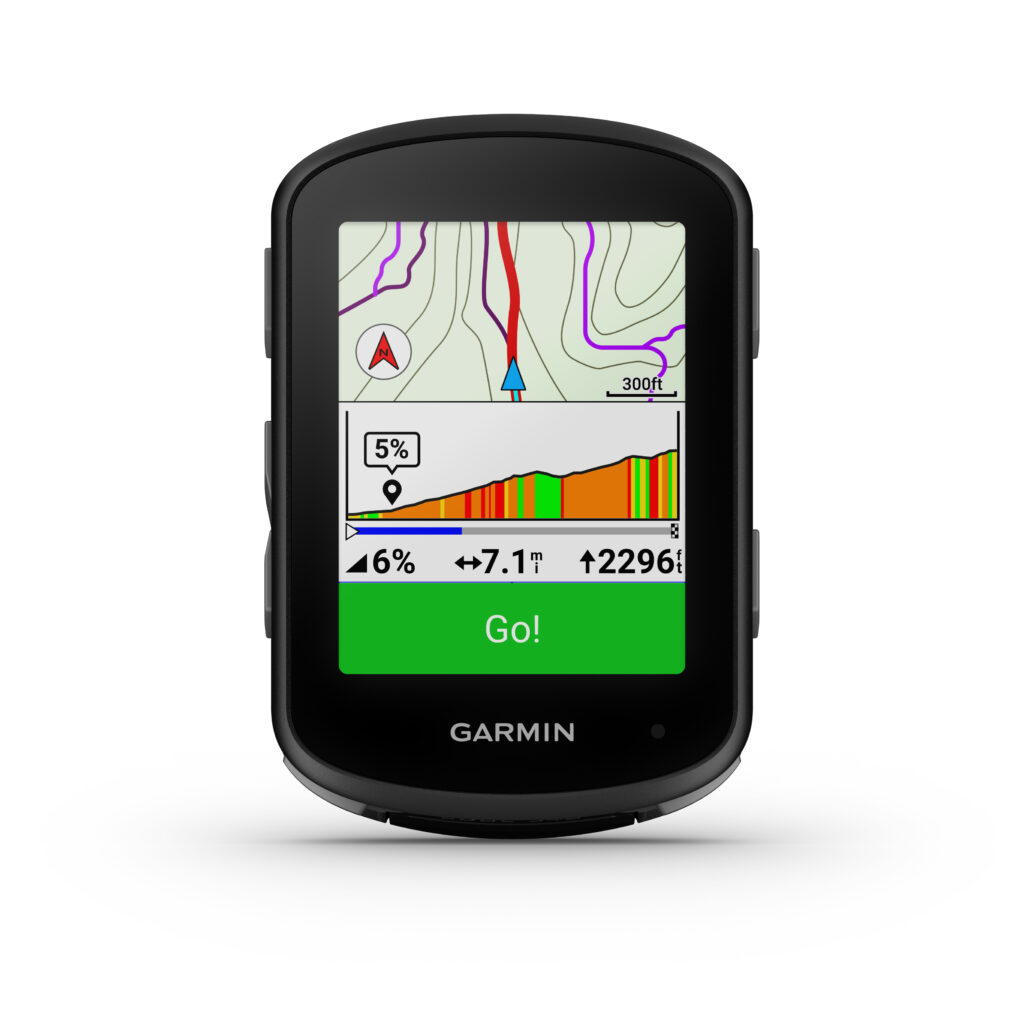
Edge 540 Renders 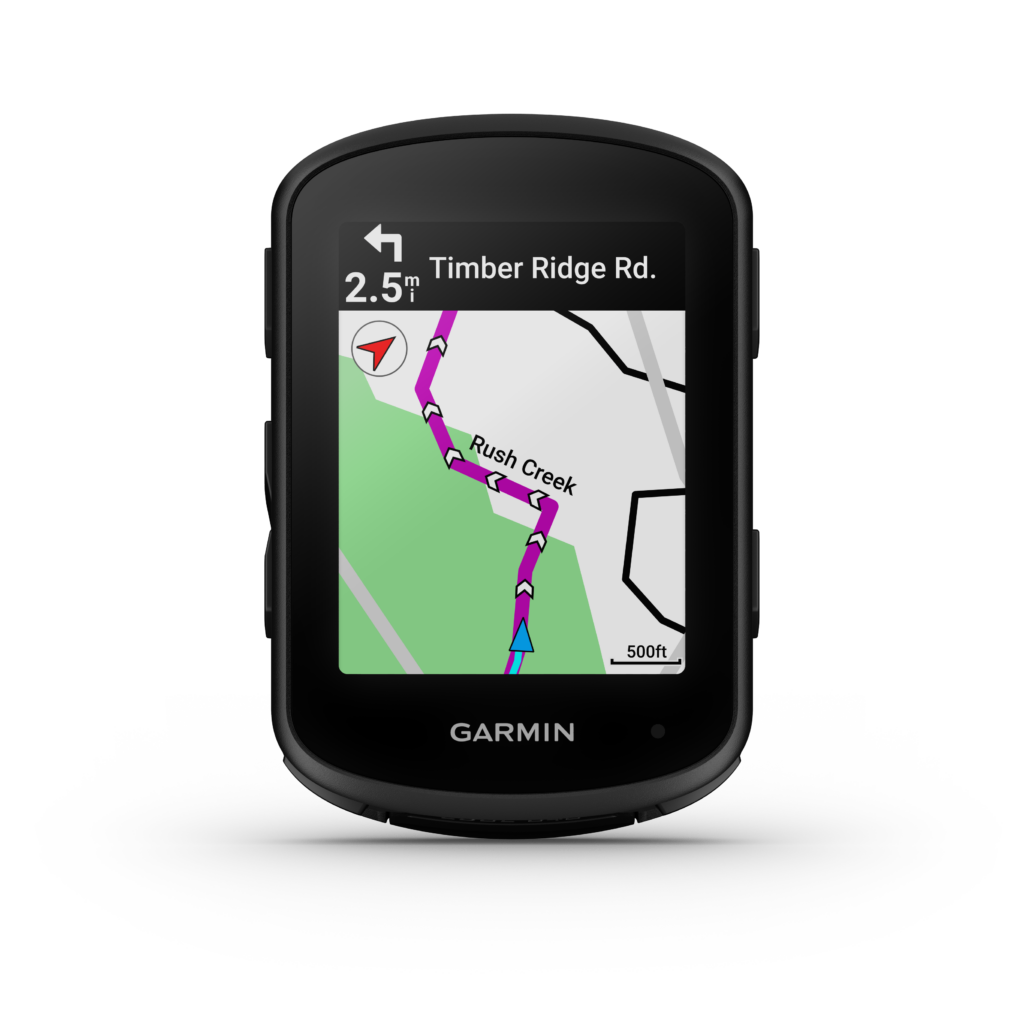
Size and weight
The smaller Edge 540 and 840 are both 85.1*57.8*19.6mm in size. Their weights are slightly different: 80.4g for the Edge 540 and 84.9g for the Edge 840. Adding solar charging increases the weight, in each case by around 4g. The Edge 1040 is 32.5mm longer and also slightly wider and deeper, with a case size of 117.6*59.3*20mm. It weighs 126g, with solar charging adding an extra 7g.

Battery life
Garmin uses PowerGlass for the screen to enable solar charging. Claimed battery life without solar charging is 26 hours for the Edge 540 and 840, and 35 hours for the Edge 1040. With solar charging, this can be extended to a claimed 32 hours for the smaller units and 45 hours for the Edge 1040. Using power save mode and the Solar units’ battery life is claimed to be increased to 60 hours and 100 hours respectively.
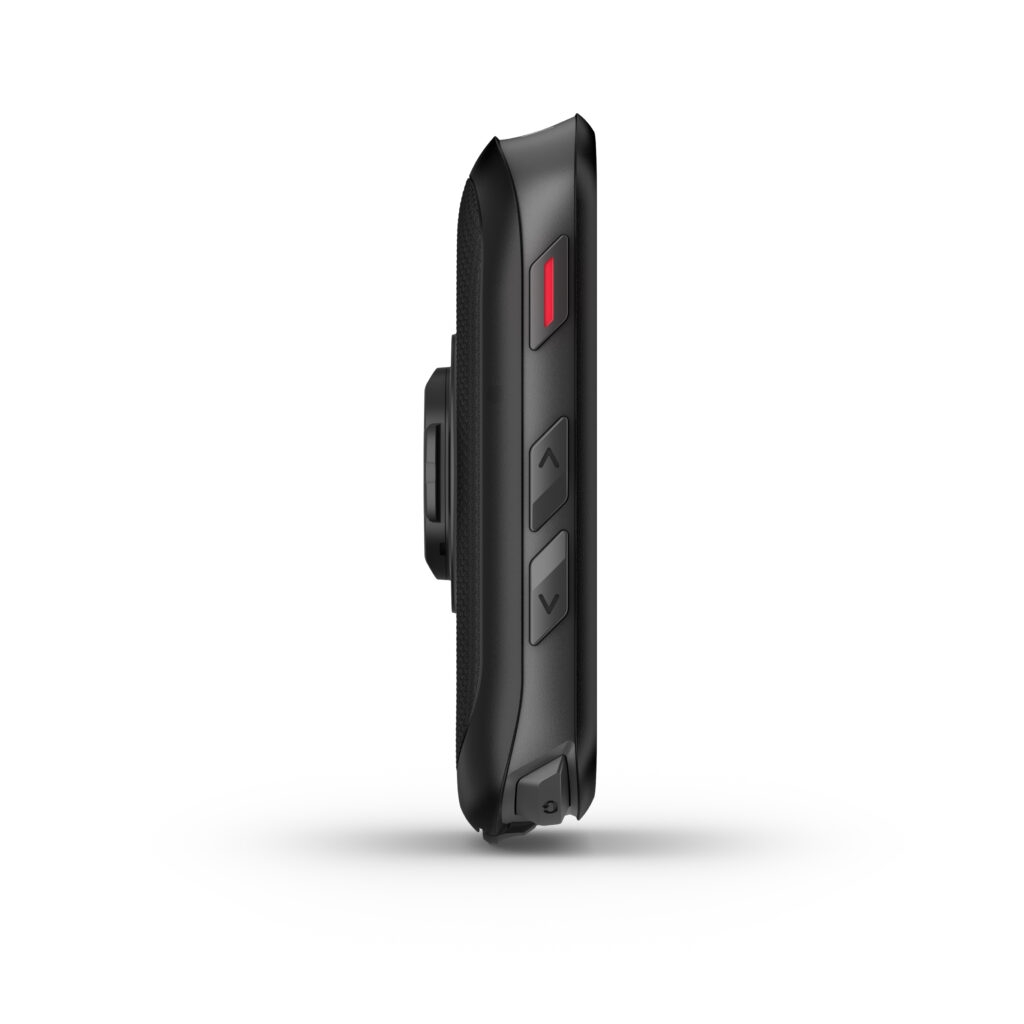
Edge 540 Renders 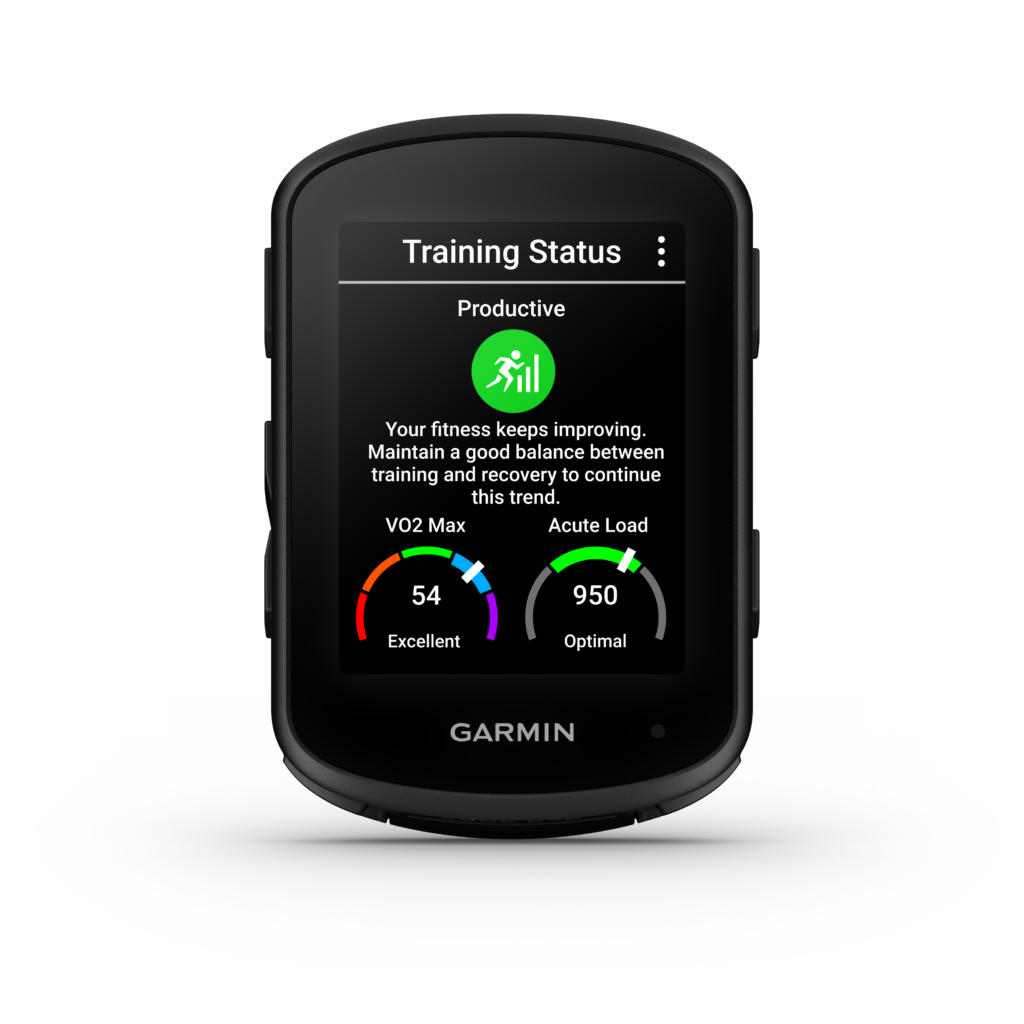
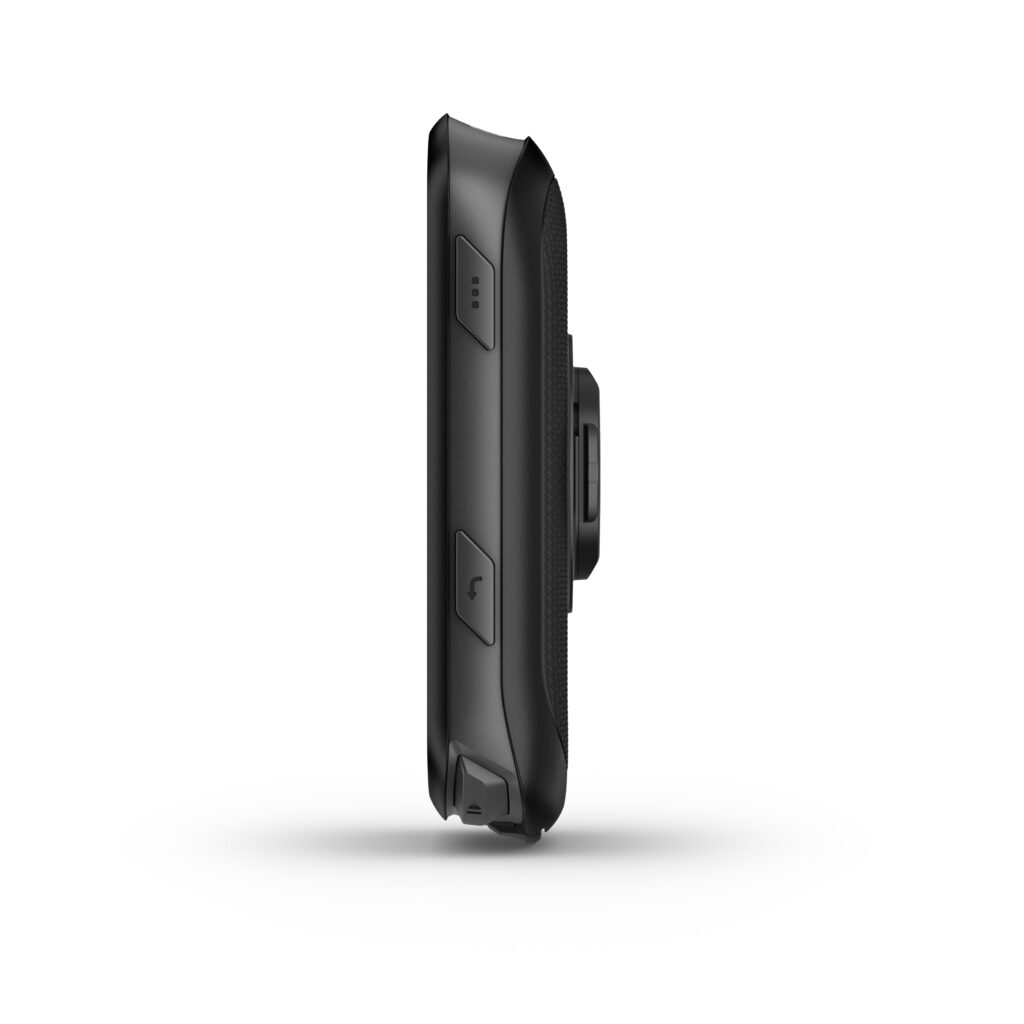
Memory
Memory size differs between the three computers: 16GB for the Edge 540 Solar, 32GB for the Edge 840 Solar and 64GB for the Edge 1040 Solar. They all store the same amount of ride data, but the larger memory capacity is used to enable a larger map area to be stored.
Garmin tells you how much battery life you’ve gained on your ride. On a grey winter day in the UK this wont be very much, perhaps a couple of minutes per hour. But during the summer, the Edge 1040 Solar would add around 15 minutes of charge per hour. The larger screen of the Edge 1040 makes its solar charging more effective than the Edge 540 and Edge 840. Garmin quotes a maximum solar gain of 42 minutes per hour for the Edge 1040, against 25 minutes for the smaller units.
Whether you need solar charging also depends on the type of riding you do. All three Edge units offer over 24 hours of claimed battery life, even in non-solar format. The Edge 1040 Solar pushes that up to a claimed 45 hours, or 100 hours if you turn on power save mode.
Different memory size but the same data capacity
The amount of on-board memory differs between the Edge 540, 840 and 1040, with the 540 getting a 16GB memory chip, the 840 32GB and the 1040 64GB. Garmin says all three computers can store the same amount of data despite their different memory sizes: 200 locations/waypoints, 100 courses and up to 200 hours of ride history.
Larger memories of the Edge 840 and 1040 enable them to keep more map data on the device though. So if you frequently travel to different areas to ride, it may be easier to manage the map storage with the larger memory. However, maps are loaded up for a whole country or region, so this is unlikely to be significant unless you’re travelling to a different continent.
All three of the Garmin computers get a GPS fix from the same range of satellites and support the latest multi-band GNSS, which can allow a more accurate location fix in challenging terrain, such as under tree cover or when riding between tall buildings. They all have the same array of other sensors, including a barometric altimeter, a gyroscope and an accelerometer.
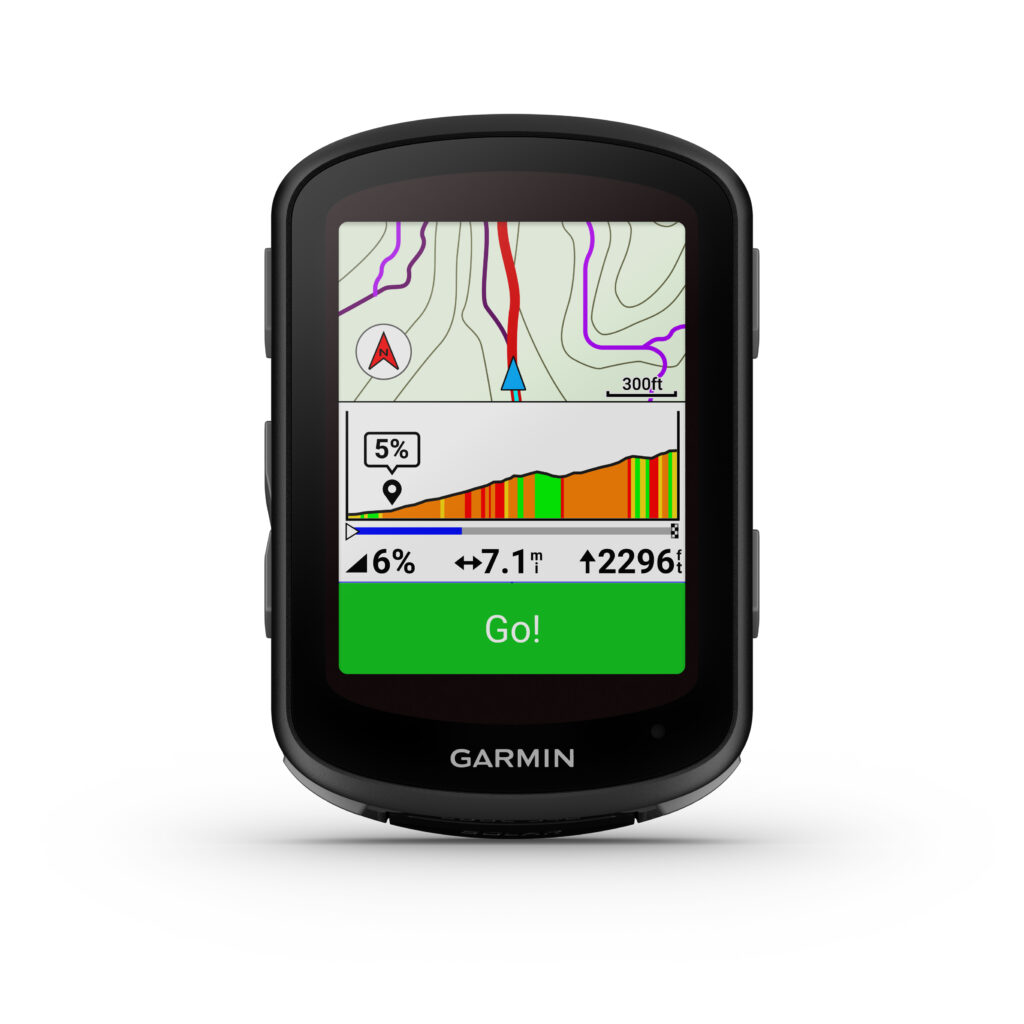
Edge 540 Solar product render 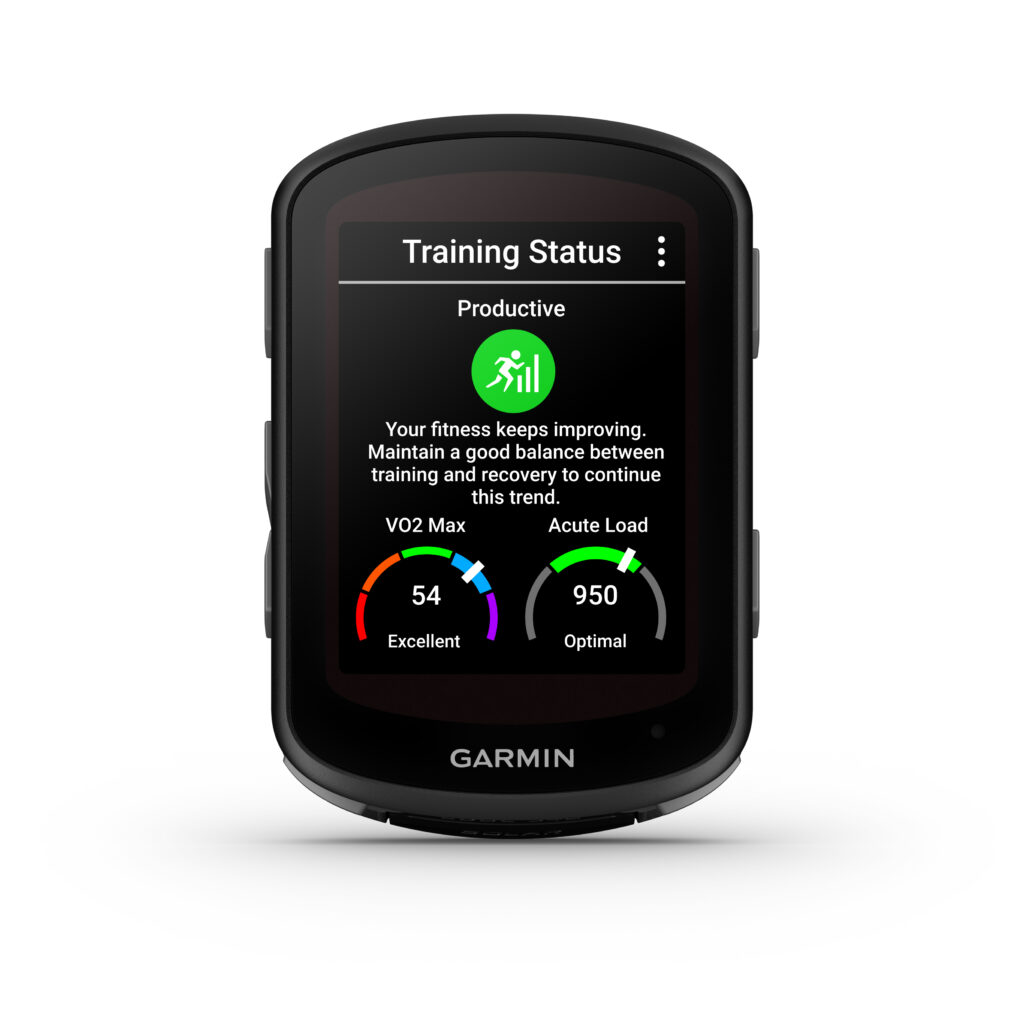
Edge 540 Solar product render
Same connectivity options
Much of their other functionality is shared too, including Bluetooth, ANT+ and WiFi connectivity, enabling them to connect up to the full range of external sensors, including a bike radar and a power meter. Bluetooth also allows all three to link up to a smartphone to transmit data and receive alerts as you ride. WiFi allows for fast data download, upload and firmware updates.
Newly introduced with the Edge 540 and 840 and now also available on the Edge 1030 is ClimbPro, one of the best new features and which now works on any ride, not just on pre-planned routes. This gives you a profile of an ascent, and tracks you as you progress up it when you’re not following a defined course.
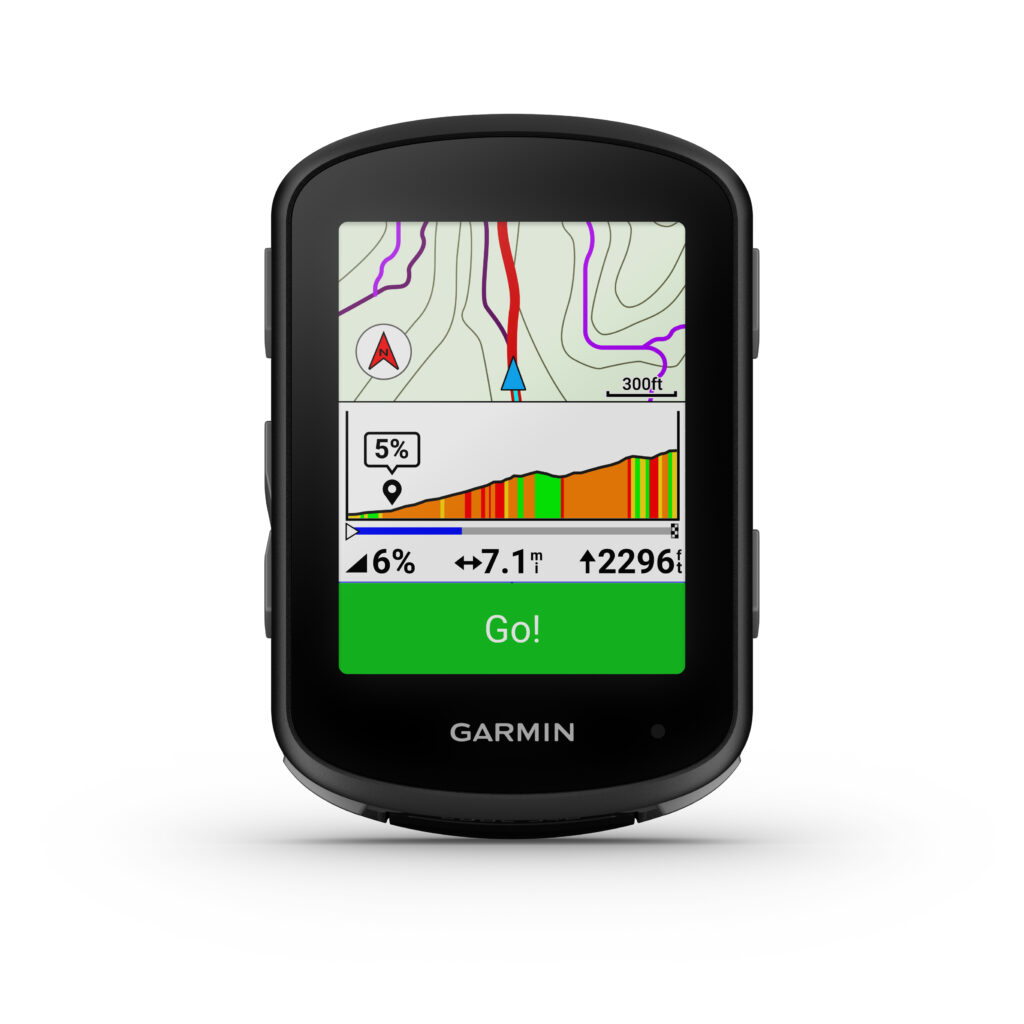
Edge 540 Renders 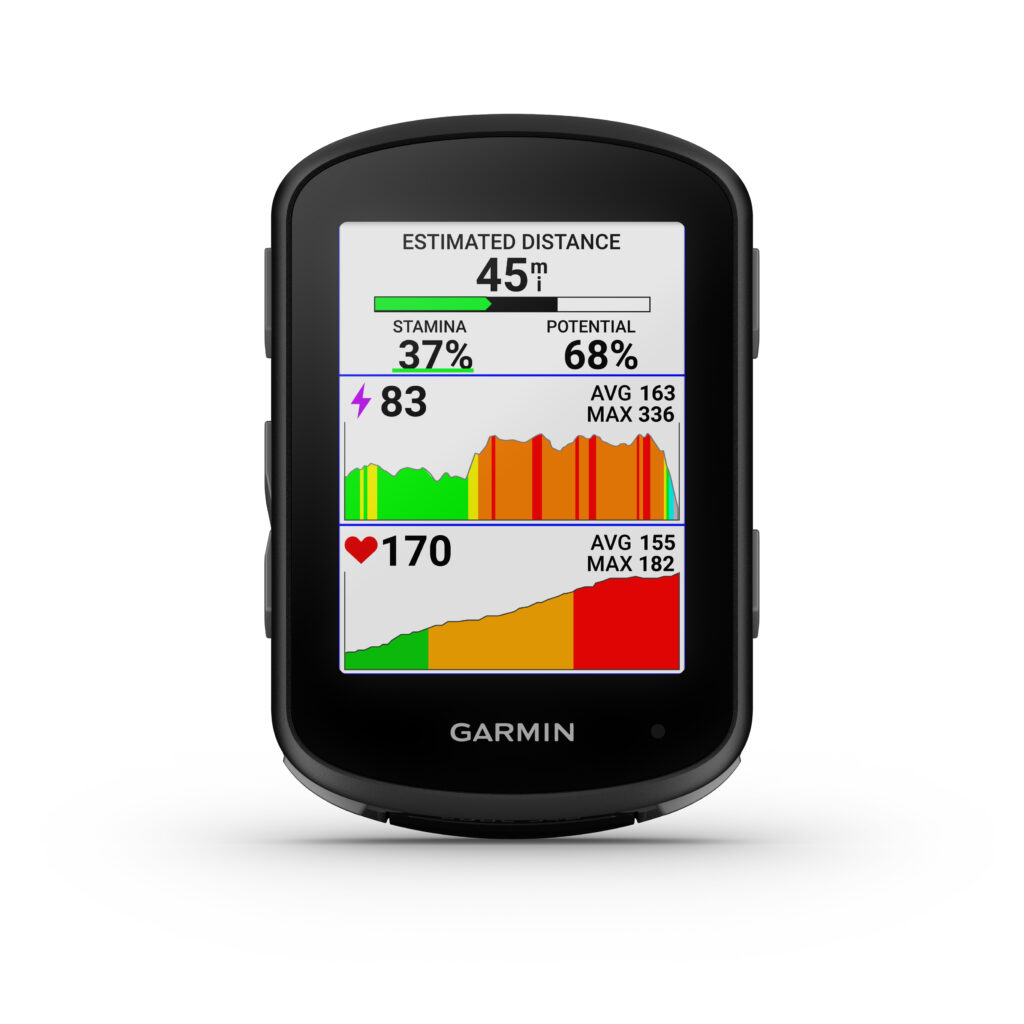
Edge 540 Renders 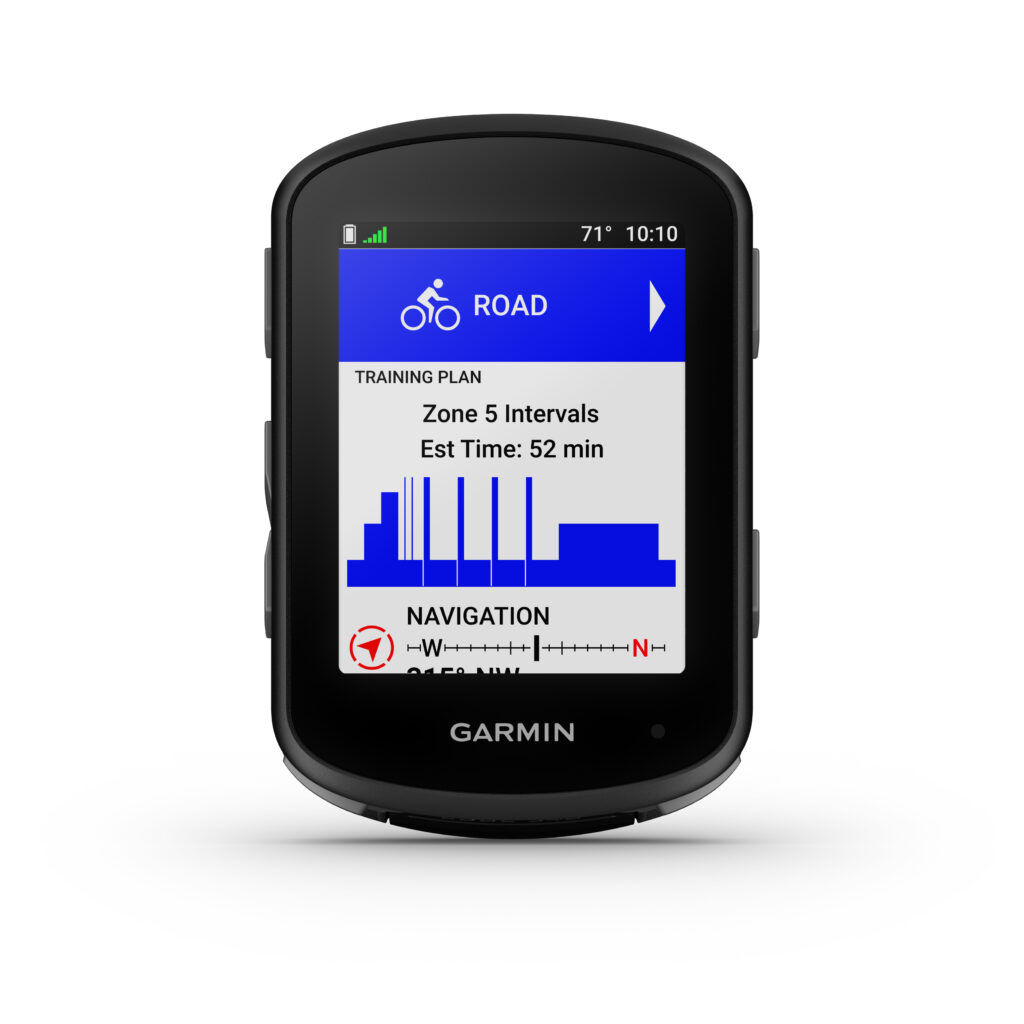
Edge 540 Renders
Device functionality is pretty much identical between all three units and they all link up to the Garmin Connect cycling app. Garmin Connect is still by far the most comprehensive free analysis app available and includes Garmin’s own version of much of the functionality that paid-for fitness apps provide. Garmin positions its functionality as a coaching aid, providing training plans based on your objectives and recommended workouts. These are available on Garmin Connect and can be downloaded to any of the three devices to follow.
All three track your stamina as you ride and provide an assessment of how much you may have left in the tank. They’ll even prompt you when to eat and drink to keep yourself fueled. They’ll also tot up your training load and tell you what to concentrate on to meet your previously input objectives, or when it’s time to rest up.
So why would you choose one Edge over another?
First up, do you want a touchscreen? If so, the Edge 540 is ruled out. Then it’s a question of whether you want the larger screen of the Edge 1040 which can be useful when following routes and scrolling around maps. It’s also easier to hit the correct button when riding, particularly if you’re wearing heavy winter gloves. Actions such as pinch-to-zoom are easier on a larger screen too.
If you like to see a lot of data as you ride, the larger screen of the Edge 1040 makes it easier to read if you want to see the maximum of 10 data fields all three units can display.
On the other hand, the Edge 1040 weighs around 50 per cent more than the smaller units.
If you regularly test the limits of the battery life of your cycling computer, a solar model would be the way to go. In summary all three bike computers offer such a great range of functionality, there’s little else to help you choose between them beyond size, touchscreen and price.
If you are ok with the size of the smaller units, the Edge 840 Solar has to be the one, it is for me anyway!

